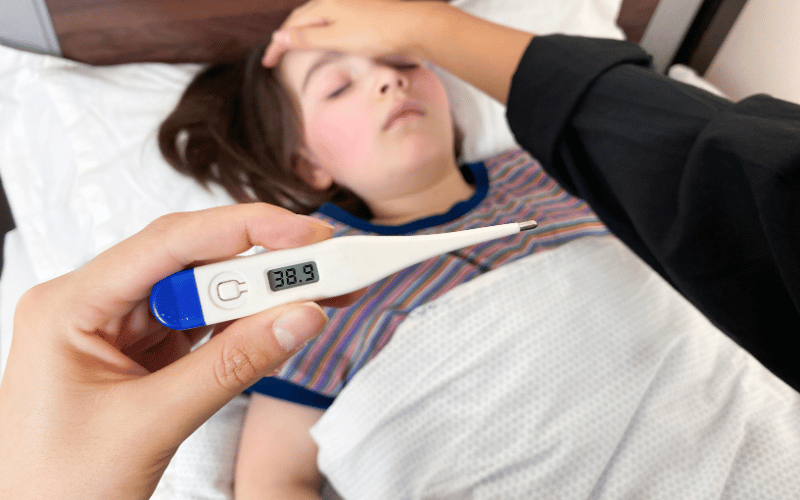Introduction: Unraveling the Mystery of Measles (Rubeola) Prognosis
The discussion about measles, its effects, and prognosis has never been more crucial. Though the world has made significant progress in handling this contagious respiratory disease, understanding its prognosis remains a foundation for medical preparedness and treatment.

Measles, colloquially termed rubeola, isn’t merely a disease of the past or just a condition found in storybooks. Periodic outbreaks remind us of its lurking presence. The extensive efforts in vaccination have undeniably put a dent in its prevalence, but the prognosis, especially in unvaccinated populations, is a topic that demands attention.
Historically, measles carved a deadly trail, especially among children. The introduction of the measles vaccine provided a substantial shield against this adversary. Still, the outcome after infection can be quite variable, influenced by factors like age, underlying health conditions, and vaccination status.
As vaccines become a centerpiece of global discussion, the after-effects and progression of measles post-infection have surged in relevance. With that backdrop, this article aims to provide a deep dive into ten pivotal facets concerning measles prognosis.
1. High Fever: The Body’s First Line of Defense

The initial herald of measles in most cases is an elevated body temperature. This fever can commence subtly, only to intensify as the disease takes hold.
At the outset, this rise in temperature might seem benign. It starts off gently, perhaps dismissed as a minor ailment or a fleeting flu. But, as the hours transition into days, the fever escalates, sometimes registering temperatures as high as 104°F.
High fever isn’t merely a symptom; it’s the body’s innate mechanism combatting the viral intrusion of measles. As the internal thermostat rises, the environment becomes hostile for the virus, attempting to stifle its spread.
However, a consistent high fever isn’t without its perils and demands vigilance. Extended durations of such high temperatures can be taxing on the body, and in some cases, warrant medical attention.
The critical aspect to remember here is the trajectory of the fever. Unlike typical fevers accompanying common colds or minor infections, a measles-induced fever tends to persist. Its longevity, combined with its intensity, is a signal that shouldn’t be ignored. (1)